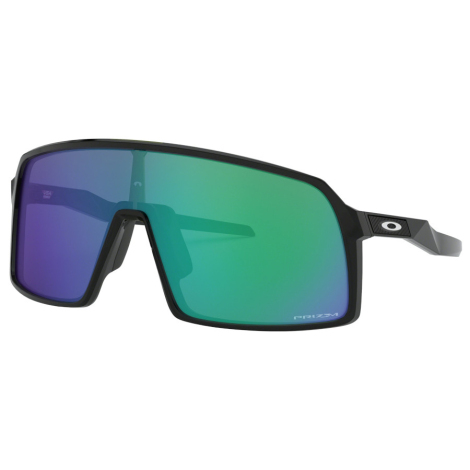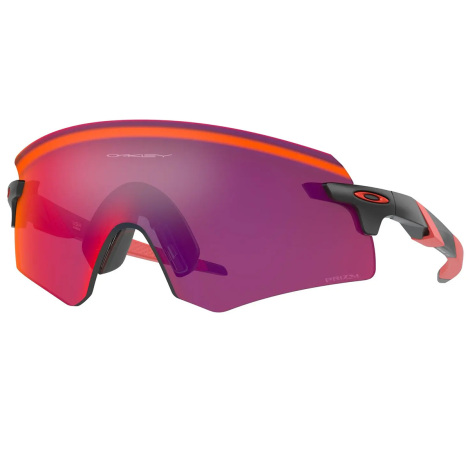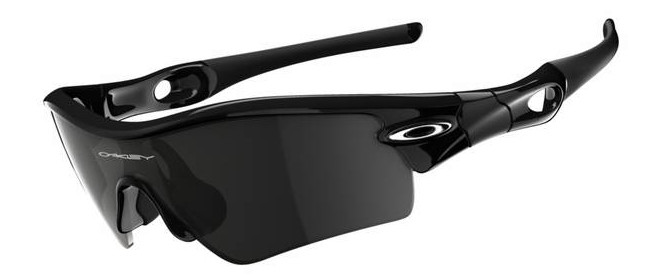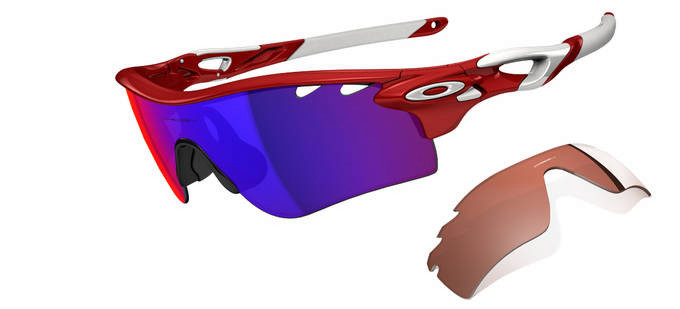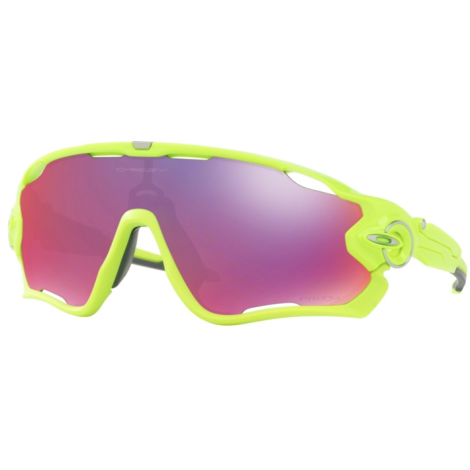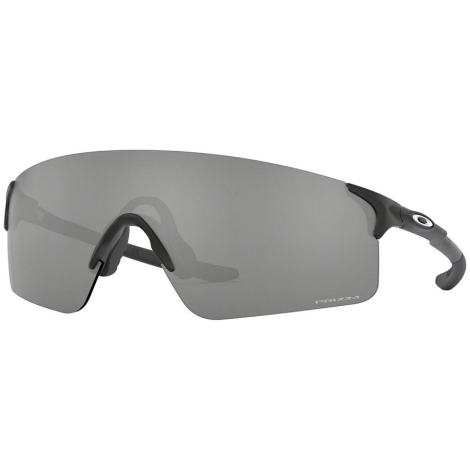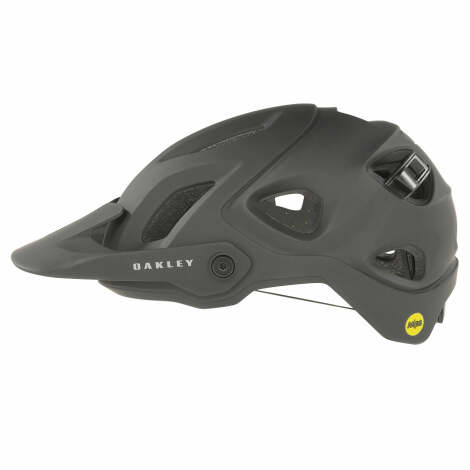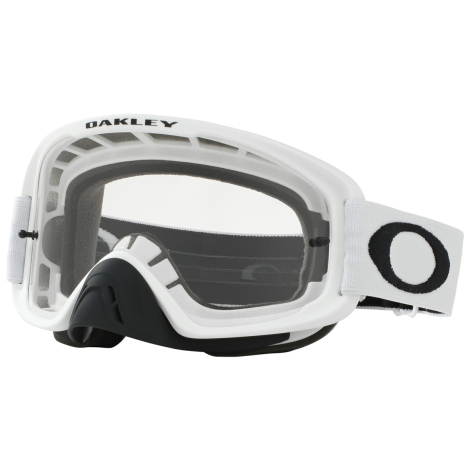Created by Jim Jannard in 1975, Oakley wasn’t originally involved in eyewear. He invested a total of $300 to create the company, named after his dog Oakley Anne, from his garage. Jim began by making handlebar grips for motocross motorcycles, which he sold from the back of his car at motocross events. They were made from a material he had created and patented himself called ‘Unobtanium’.By 1980, after 5 successful years of creating various motocross products, Oakley expanded into manufacturing BMX, motorcycle and ski goggles. Sunglasses followed in 1983. Oakley used Unobtanium for all ear socks on the glasses.
Rapid Expansion
During 1984 was when Oakley and cycling connected, thanks in no small part to the legendary rider Greg Lemond. Lemond had bough a pair of eyeshades, loved them and contacted Jim to get some spare lenses for the Tour De France. 1985 saw Lemond and Australian rider, Phil Anderson being the first Oakley sponsored athletes (In addition to their regular team sponsors). By 1987 most of the peleton were riding Oakley sunglasses.
Competition
During this era it’s fair to say Oakley didn’t have things all their own way. Competitors such as Briko, Rudy Project and even French brand Look, all had a go at taking some of Oakley’s market share. A combination of superior optics, strong materials and great design ensured Oakley would remain the glasses most riders wanted.
How Much?
By 1995, Oakley was worth $820 million and became a public limited company, and Jannard became the second richest member of the Orange County. In 2007, Italian group Luxottica merged with Oakley for a total deal of $2.1 billion.Moving into apparel and helmets has helped the brand break new ground and broaden its audience. The wider range of products has also enabled Oakley long term users and fans to invest further in the brand, and enjoy high quality, well designed products.
Throughout its history, Oakley has collaborated with Fox Racing. The two companies joined together to donate specially-tinted sunglasses to protect the 33 trapped Chilean miners eyes’ upon their rescue after 3 weeks underground in 2010.
Greg Lemond / Oakley photographs courtesy of GregLemondFan.com – Many Thanks
Since then Oakley have continued to innovate and create some of the most recognisable and desired sunglasses not just for cycling but a wealth of sports, sporting superstars and even military use.
There’s also a full casual and technical clothing line for a range of sports, footwear, luggage and watches.
Highlights in the Oakley cycling glasses range over the years…
1984 – Factory Pilot Eyeshade
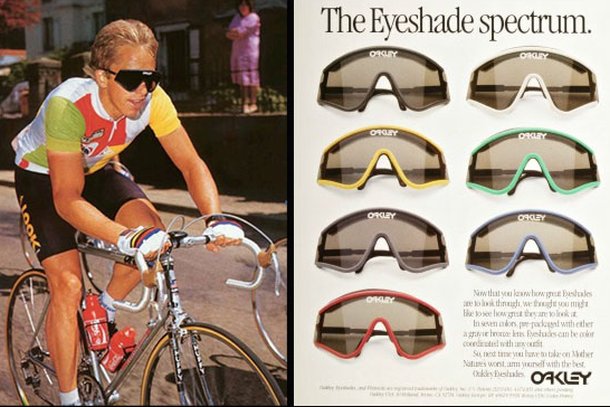
These were the first sunglasses produced by Oakley and the ones that launched them into the big time. The Factory Pilot Eyeshade was launched in 1984 and revolutionised the cycling sunglasses market. These new lightweight impact-resistant thermoplastic glasses were a major change from the usual Ray Ban Aviators most cyclists used at the time.
They were so different from anything else at the time and instantly became a hit.
1985 – Frogskins
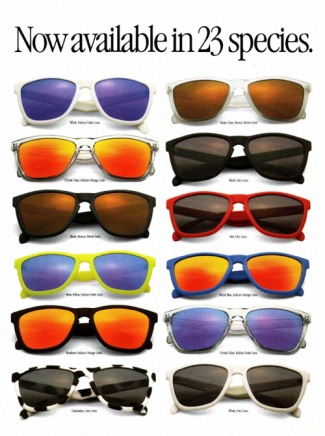
These were the casual sunnies from Oakley and were common with surfers and skaters due to their old school shape but with modern colours.
They were re-released a few years ago in even more colour ways and slightly different shapes.
1986 – Razor Blade
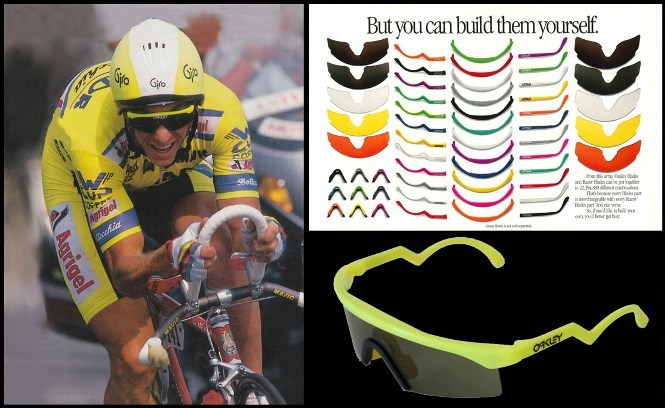
These were the second cycling specific glasses from Oakley and if you had these you were even cooler than the kids with Eyeshades. Brought back a few years ago and made me wish I’d never sold my white ones.
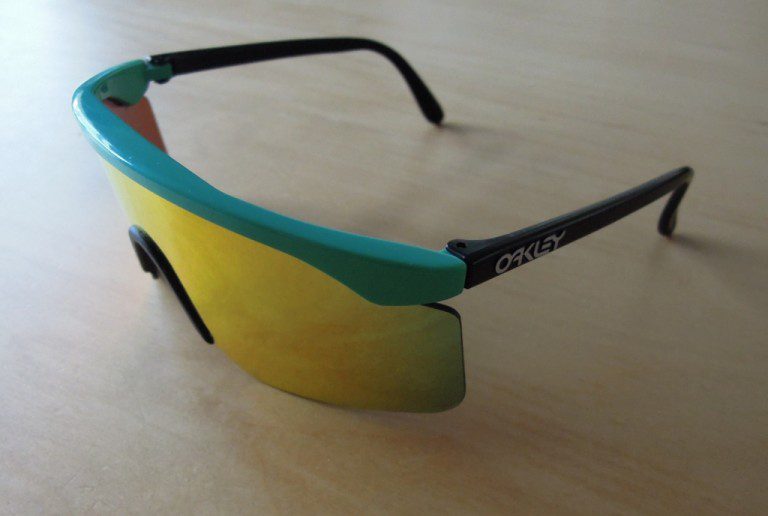
The Blade came out soon after which had a slightly bigger lens and straight arms.
The Blades were my first pair of Oakley’s and I remember saving for ages then deliberating on which colour to get. They had to be Iridium lenses and this was the most popular colour way at the time.
1990 – M Frame
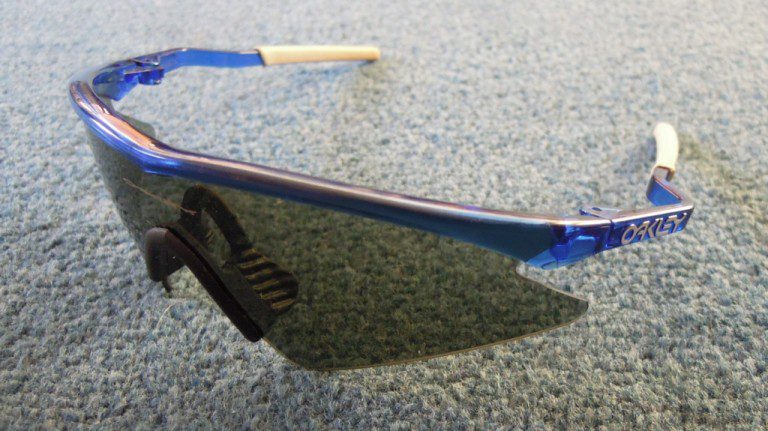
Probably the most iconic Oakley sunglasses and probably the biggest seller as they have been produced for 25 years.
They made changing lenses a doddle and as the frame was standard you could put any M Frame lens style or tint you wanted in a few seconds. The original versions like those pictured had square shaped arms with hinges. The next version was a one piece brow/arm but nowadays they have gone back to the hinged version.
Also approved for use with the US military(!)
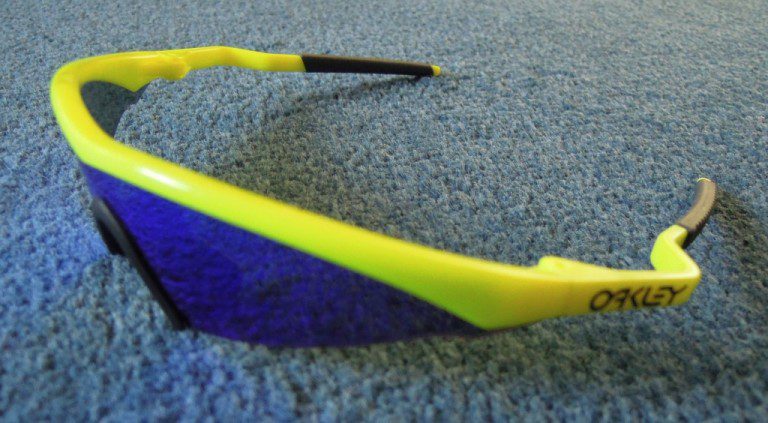
These were the M Frames made famous by LeMond at the 1990 Tour de France. They felt like they channelled more air into your eyes than deflected.
1993 – Zero
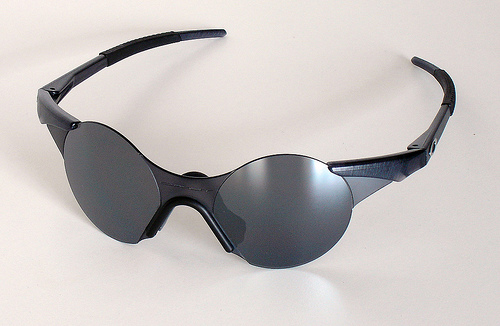
I absolutely loved these glasses; they weighed next-to-nothing, provided great coverage and had a certain amount of style.
1998 – Racing Jacket
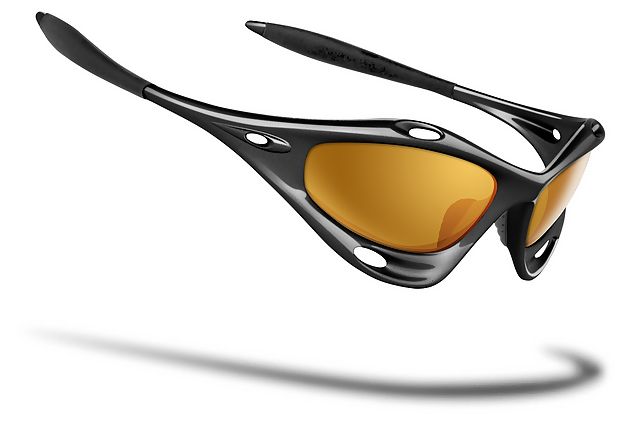
One rider is synonymous with these sunglasses and that is Geraint Thomas. He has always worn the white ones since 2010.
The one piece frame and arms took a bit of getting used to but gave good protection for the eye. They never were as popular as the M Frame though.
2001 – Over The Tops
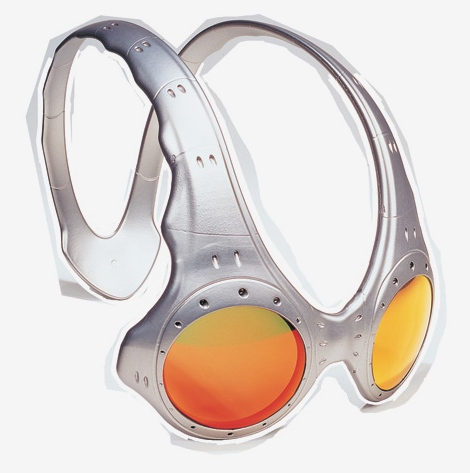
Don’t know what Oakley was thinking with these but they certainly got people talking.
David Millar wore a pair under his time trial helmet in the Tour de France in his infamous Cofidis era.
2007 – Radar
The radar was the new version of the M Frame and became the M Frame for the 2000’s era of cyclists. These are excellent glasses and probably the only ones to come close to the iconic M Frame.
2009 – Jawbone
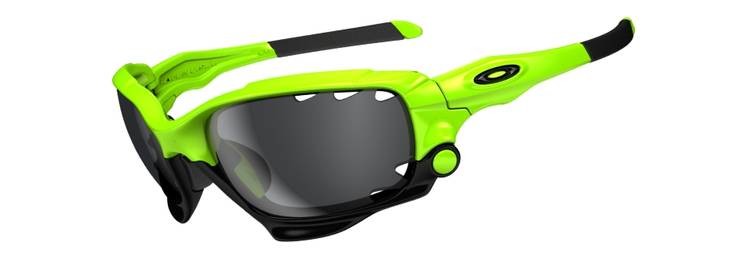
These created quite a stir when they first came out as they were a full frame round the lens. However, the ingenious hinge allowed easy lens changes, something which wasn’t available on the Radars.
Mark Cavendish was the poster boy for these and won quite a few Tour de France stages as well as many other races in these giving them lots of exposure.
These have now been updated and given a new name – ‘Heritage Racing jacket’ in homage to the ’98 model.
2012 – Radar Lock
The only downside with Radars is that you can’t change lenses; I’ve seen some people do it but not convinced.
Thankfully Oakley came up with the Radar-Lock which uses a small inconspicuous hinge on the frame to allow much easier lens changing but retains the classic Radar styling in updated colours.
2015 Jawbreaker
Introduced in 2015, the Jawbreaker was another iconic model. The striking design was released in conjunction with Mark Cavendish. They became an instant classic with an extensive range of color and lens options to suit all tastes.
2016 EVZERO Blade
While slightly reminiscent of the original Blade, the EVZERO blade is a striking modern rim-less design. Inspired by streetwear culture and global influencers.

